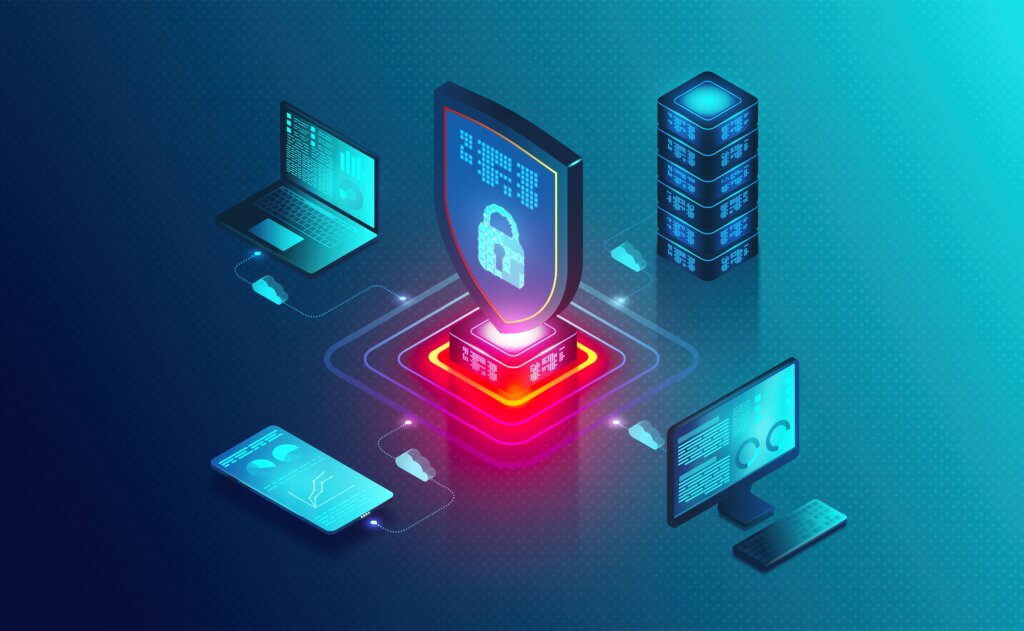Placing Holistic SaaS App Security Front of Mind
There are approximately 17,000 SaaS service providers in the US servicing around 59 billion customers worldwide, and at least 2,000 UK SaaS companies with over three billion global customers.
That’s a lot of SaaS vendors, offering everything from all-in-one tools to hyper-niche applications.
SaaS apps are only becoming more sophisticated and specialized. Organizations are using the diverse capabilities of SaaS apps to address business shortcomings or enhance operational efficiencies. But with the growing number of applications used across the business, comes increasing complexity – and more complexity leads to security headaches.
More than two-thirds (81%) of organizations have increased their SaaS inventory in the past year. At the same time, far fewer report raising investment levels in their SaaS security tools (73%) or IT security personnel (55%), meaning that the same security teams are overburdened by an expanding SaaS application landscape.
Keeping Both Eyes on SaaS Misconfigurations
Chief among SaaS security concerns is misconfiguration. Each SaaS app has its configurations to secure; most apps have platform-specific configurations with degrees of admin and user controls.
Even with robust default settings to secure the SaaS environment, security teams need to make sure these controls are properly configured. Incorrect configurations can lead to data leaks and breaches.
A sturdy SaaS security posture requires round-the-clock visibility and activity monitoring, however this is near impossible to achieve manually. A SaaS security posture management (SSPM) solution automates this process by having alerts to highlight configuration oversights, transparent visibility over misconfigured systems for all security personnel, and exhaustive guidelines to effectively remediate SaaS misconfigurations.
SaaS-to-SaaS Access Monitoring & Management
As SaaS applications multiply, their use helps boost organizational performance, enhances productivity, and keeps the total cost of ownership (TCO) in manageable limits. But with the quick onboarding of third-party apps connected to the core SaaS stack, comes the downside of granting sensitive permissions that security teams are unaware of. In larger enterprises, third-party apps can number in the thousands, and can lie far outside the view of IT and security teams. Any app thus deployed could be malicious, or request unnecessary permissions, or be a vulnerable application that acts as a soft entry point for bad actors. Often too, SaaS apps are spun up by third parties, used for a while, and then forgotten without being properly shut down. Any of these possibilities can potentially increase the exposure of the company’s attack surface by means of a larger SaaS footprint.
Discovery and continuous monitoring of SaaS applications has become a critical use case for SSPMs. An SSPM solution should have multiple capabilities that enable security teams to identify and monitor apps connected to the core workspace and the level of risk associated with each.
Nailing Device, User, and SaaS Risk Matrices
The risk that user devices pose to organizations was growing even before remote working became common practice. Security teams lack the ability to see the level of risk stemming from vulnerable devices accessing SaaS apps, especially when it’s done by privileged users.
With the prevalence of BYOD devices and the use of multiple devices to access company data, security teams need an SSPM solution that can ensure a full understanding of each user, their access levels and any device’s hygiene. Data should include privileged users, such as admins or execs, so that a full evaluation of risk levels between users, applications, and devices can be determined.
A well-rounded SSPM can connect with endpoint management and vulnerability management systems, and correlate devices with users, incorporating the risk score into the overall SaaS security posture.

Source: Shutterstock
Putting Proper Focus on Holistic SaaS Security
SaaS apps should be constantly managed and overseen. Other facilities need to include adding new employees and removing old ones, keeping up-to-date with the latest user roles and permissions, and maintaining compliance standards with important regulatory frameworks including NIST, ISO, SOC2 and Mitre.
Ensuring that all attack surfaces are comprehensively and continuously covered is the primary directive of Adaptive Shield, a leading SSPM platform that places proactive SaaS security monitoring and management front and center. Itself a SaaS app, Adaptive Shield integrates with 100 common SaaS apps out-of-the-box and can be live within minutes. It quickly identifies misconfigurations, supplying a view of apps connected to the core stack, and manages security gaps that arise from compromised devices.
Adaptive Shield has been named among the 2022 Gartner Cool Vendors in Application Security: Protection of Cloud-Native Applications.
Book a demo with Adaptive Shield today to assess your SaaS platforms’ security.









